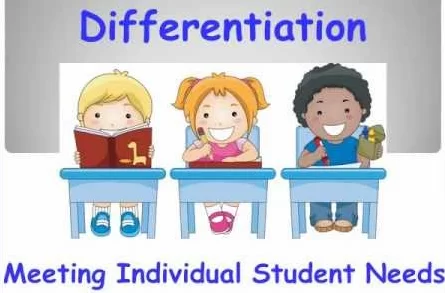Hamza Jamil
Have you ever imagined that when you are telling your child a story you are actually initiating the first step towards lifelong literacy? Stories are plots that we orchestrate to understand the world around us. When we tell our children stories, we help them grow and learn because we pass on knowledge, history and culture on to future generations through stories.
A famous Chinese proverb says that if you are planning for a year, sow rice; if you are planning for a decade, plant trees; if you are planning for a lifetime, educate people. We all have enough cognizance about the importance of teaching as it is the only one profession that creates all other professions.
If we teach today’s students’ as we taught yesterday’s, we rob them of tomorrow.As everyone has a unique fingerprint, every student has a different learning style which needs to be respected. It is a must that if you are a teacher then you need to have a phlegmatic temperament. There is a high possibility that not all of your students understand a subject in the same way like other studentsor share the same level of aptitude.
So how can you better deliver your lessons to reach every single student in class? Well,here the 21st century brings for you the method ofdifferentiated instruction that is going to ameliorate the learning process for sure. But do we really know what differentiation is? Is it when students are getting everything on their own or always doing the same activity and mastering art of cramming?
Differentiation is responsive teaching which means that teacher should zestfully plan wide-ranging approaches to what students need to learn, how they will learn it and how they will show what they have learned in order to escalate the likelihood that each student will learn as much as they can and as competently as possible. Students come to our classrooms with inimitable differences as people and therefore as learners.
Our students have diverse degrees of background knowledge and readiness to learn, different life experiences, cultural orientations, languages, interests, and preferences for how they learn best, and different feelings about themselves as learners and about institute. Just as medical professionals don’t prescribe the same medications for every one of their patients, teachers who differentiate instruction are aware of the diverse learning needs of their students and propose instruction accordingly.
Differentiated instruction is both a philosophy and a way of teaching that respects the different learning needs of students and expects all students to experience success as learners. Learning activities may get differentiated on the basis of students’ readiness for learning the specific content or skill, their interests or their ideal ways of learning.
In a differentiated classroom, students experience learning in many shapes by working in small groups. Differentiation is having high expectations for all students. Activities are designed to different learning styles and interests. It provides students a choice resulting adjustment to content, process and products. Teachers can differentiate content by what is being taught? The process by how the students learn and product that how students show their learning. But why should we have differentiate instructions?
There is nothing as unequal as treating unequal equally. What we learn with pleasure is something we will never forget. While our children are growing up, we are often found thinking which curriculum our children should study in future. Not in a sense that how a specific curriculum will improve their knowledge skills but what international scope it possess in market.
Although this is entirely a different debate and requires another writing but why is curriculum important and what makes a curriculum high in quality for a teacher is something we should talk about. High-quality curriculum means planning with the end in mind. It begins with clearly defining where we want students to go before thinking about how we want them to get there. What do we want them to know, understand and be able to do as a result of the learning experience? Designing good curriculum starts with identifying the essential understandings, the concepts, principles or big idea of the lesson topic. Understandings that are meaningful, exciting and thought provoking allow students to see the relevance of what they are studying to other subjects and to the world around them.
Assessment is module that pilots instruction in the differentiated classroom. During the lesson, continually assessing each students’ progress toward the learning objective directs the teacher in planning the next phases in the classroom. Formative assessments such as exit cards, question of the day and one-on-one conversations with students, all help in recognizing when there is a need to re-teach something.
When you enter a classroom, it is very important that the task you ask your students to do, should be respectful. In a differentiated classroom, students often work on different tasks simultaneously. The tasks may be adjusted for different readiness levels, interests, or learning preferences. If some students look like they are doing a task that is challenging, engaging, and thought-provoking to them while other students work on filling in a simple worksheet, the activities are not effectively differentiated and will affect how students perceive their status in the classroom.
Therefore teachers should be very careful when they assign tasks to students. In an effectively differentiated classroom, the teacher should focus on building a learning community where students feel safe, accepted, and supported. If students treat each other with respect and kindness then it will help them to be empathetic and productive.
Teachers who are given carte blanche to design flexible teaching strategies produce successful learners for sure. Teachers work really hard in shaping our future and special focus should be given towards their professional development. Special trainings and workshops can create e a very positive impact on our teachers.
 — The writer teaches students of A levels and IB in Khobar, Saudi Arabia. He can be reached at [email protected]
— The writer teaches students of A levels and IB in Khobar, Saudi Arabia. He can be reached at [email protected]


